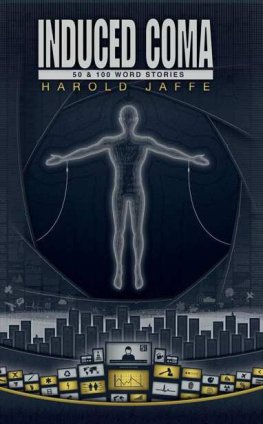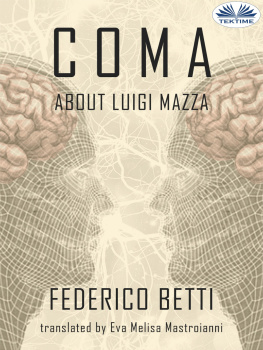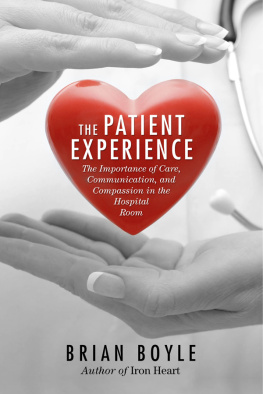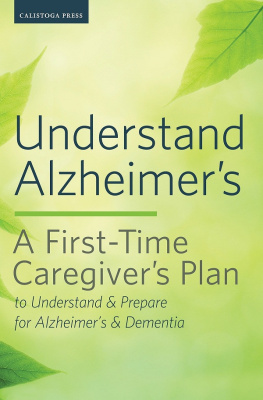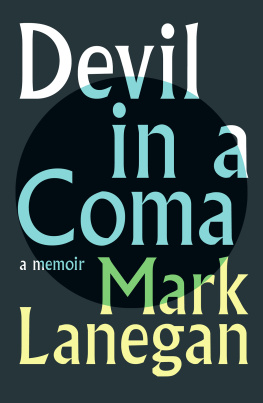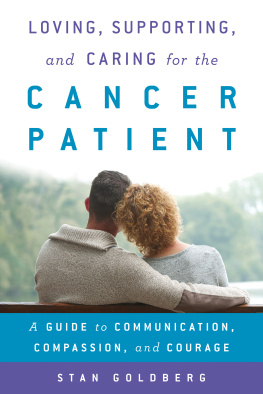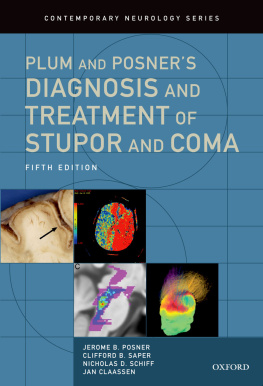

Guide to the Comatose Patient
MAYO CLINIC PRESS
200 First St. SW
Rochester, MN 55905
MCPress.MayoClinic.org
2022 Eelco F.M. Wijdicks
All rights reserved. No part of this book may be reproduced, stored in a retrieval system, or transmitted, in any form or by any means, electronic, mechanical, photocopying, recording, or otherwise, without the prior written permission of the publisher.
All photographs and illustrations are copyright of Mayo Foundation for Medical Education and Research. Cover image ARTQU/486878343/iStock/Getty Images Plus via Getty Images.
The information in this book is true and complete to the best of our knowledge. This book is intended as an informative guide for those wishing to learn more about health issues. It is not intended to replace, countermand or conflict with advice given to you by your own physician. The ultimate decision concerning your care should be made between you and your doctor.
Information in this book is offered with no guarantees. The author and publisher disclaim all liability in connection with use of this publication. The views expressed are the authors personal views and do not necessarily reflect the policies or position of Mayo Clinic.
To stay informed about Mayo Clinic Press, please subscribe to our free e-newsletter at MCPress.MayoClinic.org or follow us on social media.
For bulk sales to employers, member groups and health-related companies, contact Mayo Clinic at .
ISBN 978-1-893005-81-5
Library of Congress Control Number: 2021950115
Proceeds from the sale of Mayo Clinic Press books benefit medical education and research at Mayo Clinic.
Acknowledgments and dedication
My thanks to Mayo Clinic Press and many others who made the experience of writing this book so rewarding. I thank editors Judith Orvos and Karen Wallevand for their support in bringing the book to fruition. My deepest thanks to Lea Dacy for helping make the text more colloquial and lyrically descriptive. I am also grateful to the Mayo Clinic illustrators and data visualization specialists who assisted in this project, particularly Paul Honermann and Seth Lambert, and to production designer Amanda Knapp.
This book was written during the COVID-19 pandemic one of the worst times in intensive care medicine. To treat severe COVID-19 and control increased respiratory drive and agitation associated with respiratory distress, many people on a ventilator are receiving very high doses of sedation, causing them to become comatose. Critically ill patients facing a lengthy awakening and recovery have become quintessential symbols of the severity of the pandemic.
Every day at work, I see patient families who are struggling and distressed but also resilient, tough, relieved and thankful. I also see devoted health care providers who guide families through very traumatic situations. This book is, therefore, dedicated to all affected by coma and the health care professionals caring for coma patients and their families. I hope this guide provides deeper understanding and, thus, solace for families as they handle an often unexpected and unfamiliar situation.

Eelco F.M. Wijdicks, M.D., Ph.D., is a neurointensivist at Mayo Clinic, Rochester, Minn., and professor of neurology at Mayo Clinic College of Medicine and Science. He established the specialty of neurocritical care at Mayo Clinic and is an attending neurointensivist in the Neurosciences Intensive Care Unit at Mayo Clinic Hospital Rochester, Saint Marys Campus. Dr. Wijdicks is the founding editor of the journal Neurocritical Care, the official journal of the Neurocritical Care Society, of which he is an honorary member. Dr. Wijdicks has published more than 1,000 research papers, practice guidelines, topic reviews, book chapters and editorials. He has authored, co-authored and edited 25 books on neurocritical care. He also created the FOUR Score coma scale to help assess the level of patient unconsciousness. Dr. Wijdicks lives with his wife Barbara-Jane in Rochester, Minn., and Bonita Springs, Fla.
Contents
Preface
Comatose? How did that happen? Does he need brain surgery? Will he awaken? What will I notice? Will she be the same? Should I be here all the time? How long does it take for him to wake up? You say shell wake up disabled, but I am sure she does not want to end up in a nursing home. I know what you mean by no recovery, but can we wait a few more weeks to find out how things go? Is there nothing else you can do? Ive heard so many good things about music therapy, acupuncture, hyperbaric treatment and stem cells.
Ive heard these questions and statements many times. Families are understandably bewildered about what they should do and how to respond to an acute situation such as coma. All was well when the day started, but then something terrible happened. Families must now face a new reality. Medical staff will try to explain whats happening, but the situation is complicated, and theres a lot that families may grapple with.
When the world suddenly stops, its very difficult for outsiders to imagine what its like. It seems unreal. Often, families need help to make sense of what is happening and what to do. This book is for families of loved ones in coma. It aims to provide answers and insight for family members faced with this hardship.
Guide to the Comatose Patient offers advice on managing uncertainties while waiting for recovery. My approach is a realistic and honest engagement with families. I share advice on how to deal with what often feels like a roller coaster ride when a loved one is hospitalized and comatose. I fully recognize that the interaction between health care staff and families is just as important to recovery and healing as is the care that a comatose individual is receiving.
Neurointensivists encounter comatose patients on a daily basis. On any given day, hospital intensive care units (ICUs) house several patients who are unconscious. Some patients in ICUs are in whats called a medically induced coma, in which anesthetic medications are used. This is often done to calm the patient and to allow a ventilator to work properly. But coma may occur for other reasons, such as drug or alcohol intoxication or traumatic brain injury. Coma also may follow resuscitation after a heart attack or another circulatory or cardiac event.
These events raise many questions: What is coma? Whats a vegetative state? Will my loved one recover? Will my loved one be disabled? What does brain death mean? The list goes on. In this book, I try to answer these questions.
The human brain is a stupendous structure that can endure a lot. But brain injury can and does happen, causing various states of unconsciousness. Being comatose is often viewed as being asleep. However, unlike sleep, individuals in deep coma dont open their eyes when their names are called or wake up when theyre gently shaken.
And even if a persons eyes are open, it doesnt mean consciousness. Coma can transition to the feared (though exceedingly rare) vegetative state, in which an individual has sleep cycles with periods of sleep and periods of being awake when the eyes are open. Being in a vegetative state means an individuals vegetative (automatic) functions remain, and the person continues to breathe when the ventilator is stopped and can maintain sufficient blood pressure. But the person isnt aware of surroundings, doesnt recognize family members, has a blank stare, and needs full nursing care.
Next page

